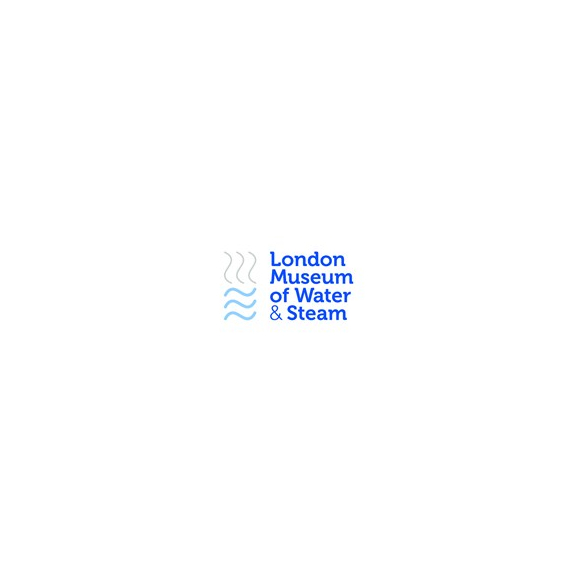
Following its £2.3 million re-development, Londonâs greatest Victorian steam pumping station reopens under a new name. The London Museum of Water & Steam opens to the public on Saturday March 22, 2014 as part of the UN designated World Water Day.
The London Museum of Water & Steam (formerly Kew Bridge Steam Museum) is one of London's most significant Victorian visitor attractions. It houses some of the world's rarest working steam engines still in their original location and tells the incredible story of how the Victorians cleaned up London's water supply and in doing so created the blueprint for the modern city of London we know today.
As part of the £2.3m refurbishment, the London Museum of Water & Steam takes you on a journey through time, descending deep down under a floating city of London, past a timeline of pipes, until you are beneath London itself and can see all the pipe and tunnel work needed to keep a modern city going. There are examples of how water was used from the 17th Century to the present day, as well as crawl-through tunnels and walk-through sewers. There are also two laboratory areas for children to examine clean and dirty water as well as interactive exhibits on how much water we now use in the UK compared to other places around the world.
Outside there is a new Splashzone, where children of all ages can make water travel to heights of up to 5 metres with the assistance of specially designed pulleys, levers, sluices and pumps, as well as the 1902 Hindley Waterwheel, which shows one of the ways water was moved in the early 20 Century.
In addition to a welcoming new visitor entrance and cafe - which can be enjoyed without the need to visit the museum - there are improvements and repairs to the historic building work, including a new locomotive shed and a refurbished fire engine shed. Kew Bridge Pumping Station is particularly significant because during the early nineteenth century, much of Londonâs water supply was deadly. Thousands of people regularly died from cholera and other diseases after drinking dirty water drawn from the rivers, canals and many wells in London.
In 1838, Kew Bridge Pumping Station was built, supplying for the first time a constant supply of clean water that was pumped directly into peopleâs homes. Thanks to Thomas Wicksteed, the innovative engineer of the Grand Junction Water Works Company which built Kew Bridge Pumping Station, steam engines were able for the first time to pump virtually unlimited supplies of water to all users, at a price people could afford. It was this single technical innovation which made the expansion of London into a World City possible.
The London Museum of Water & Steam houses five original and four other large pumping engines, one of which, the 90 inch Cornish Engine, is the largest working example in the world. Most of these engines are in steam every weekend and Bank Holidays, along with the Museumâs Diesel pumps, narrow gauge railway and steam fire engine. On weekdays a number of engines are operated electrically including the Hindley Waterwheel and the James Kay double beam rotative engine.
Welcome to The Best of Hounslow Borough blog...
Our blog is dedicated to providing commentary, news, handy tips and comments about issues of relevance to those living and working in Hounslow Borough!...
The following Cookies are used on this Site. Users who allow all the Cookies will enjoy the best experience and all functionality on the Site will be available to you.
You can choose to disable any of the Cookies by un-ticking the box below but if you do so your experience with the Site is likely to be diminished.
In order to interact with this site.
To help us to measure how users interact with content and pages on the Site so we can make
things better.
To show content from Google Maps.
To show content from YouTube.
To show content from Vimeo.
To share content across multiple platforms.
To view and book events.
To show user avatars and twitter feeds.
To show content from TourMkr.
To interact with Facebook.
To show content from WalkInto.